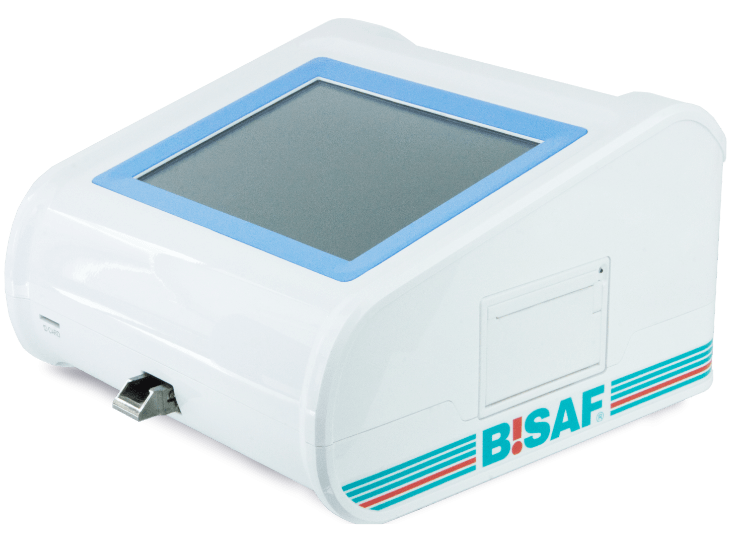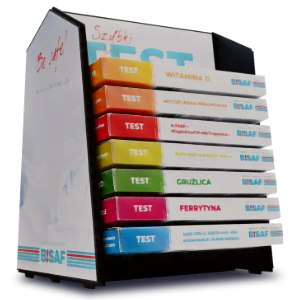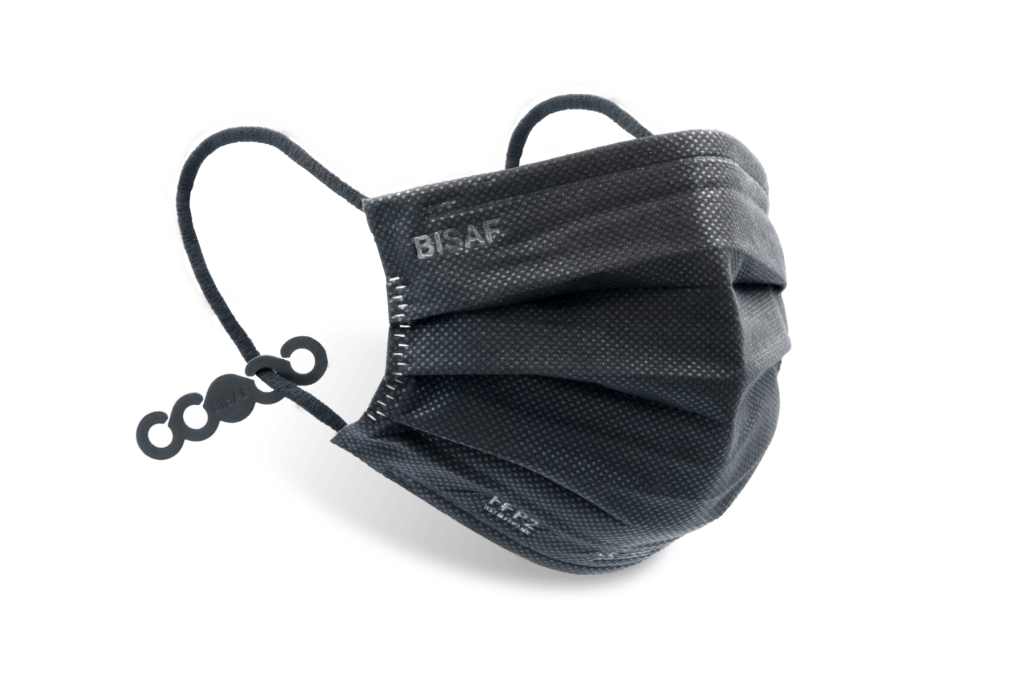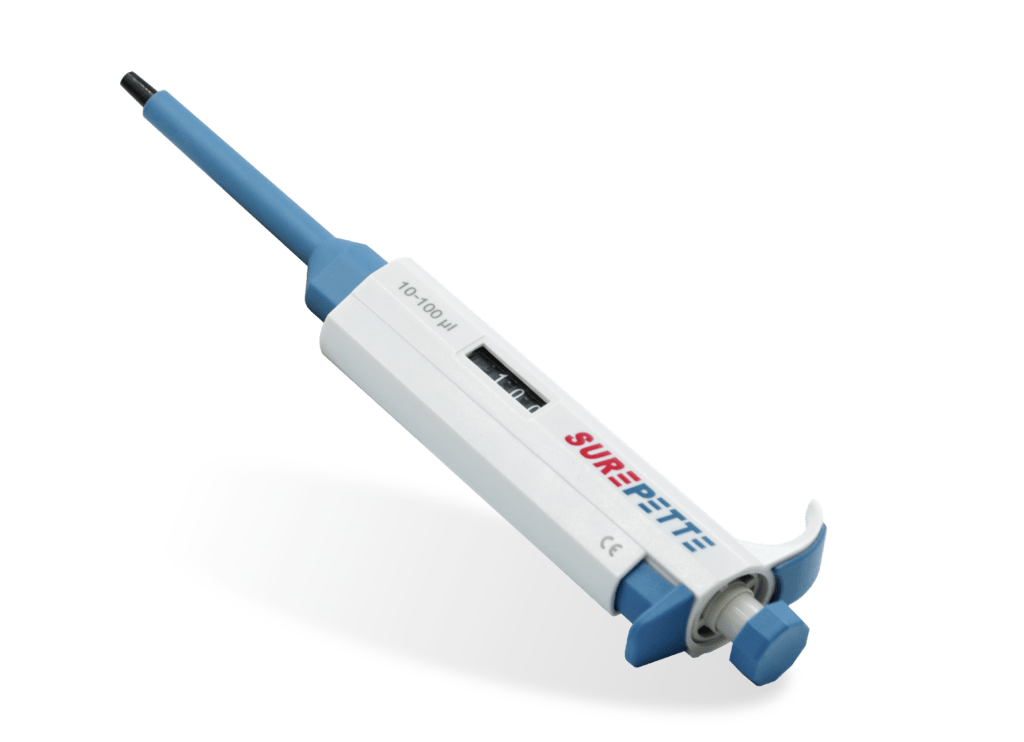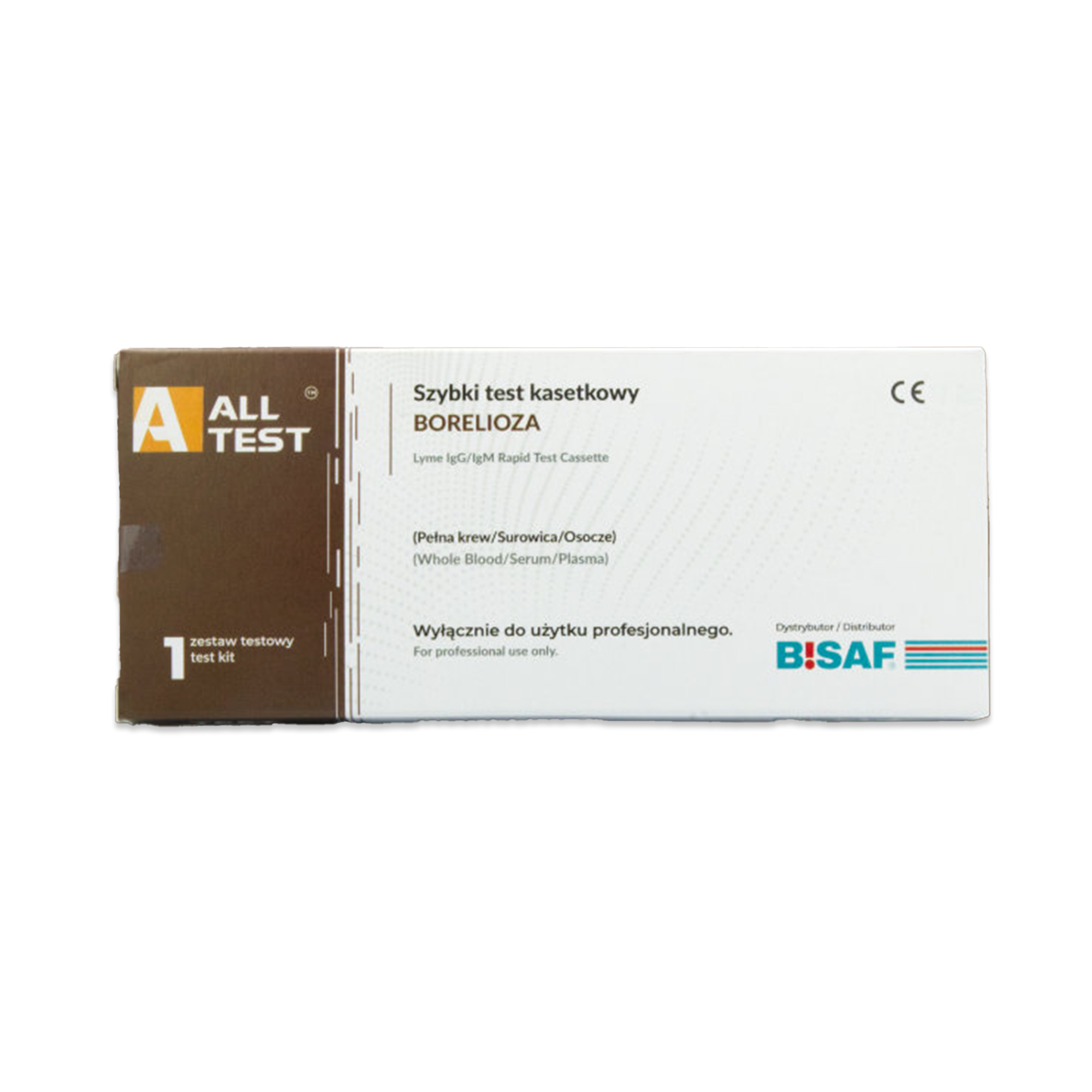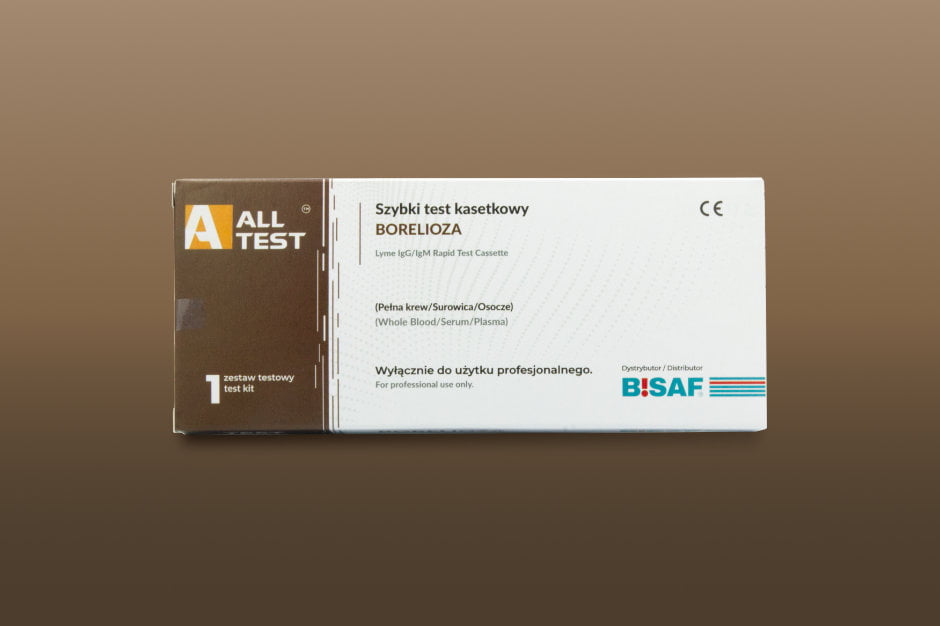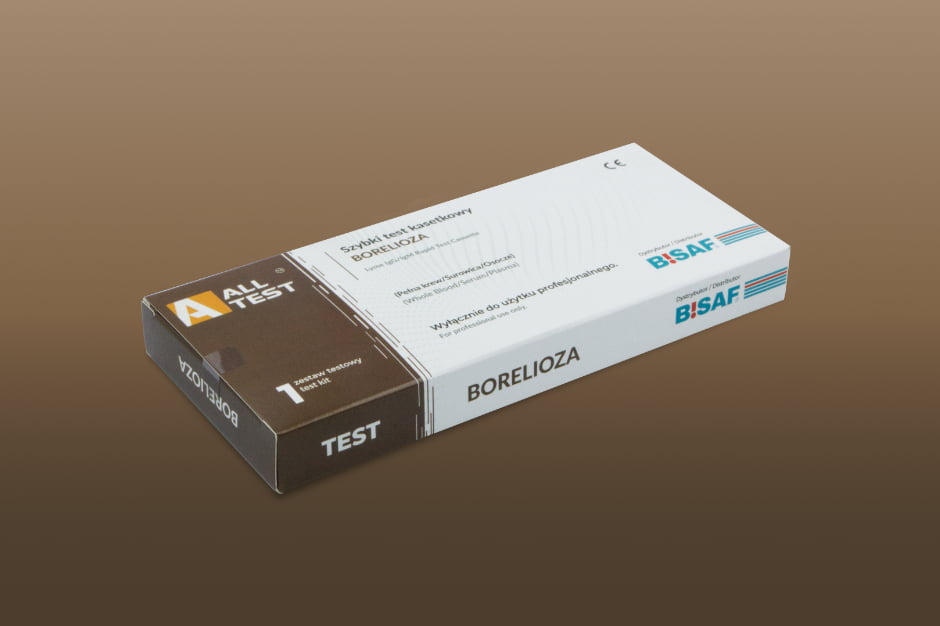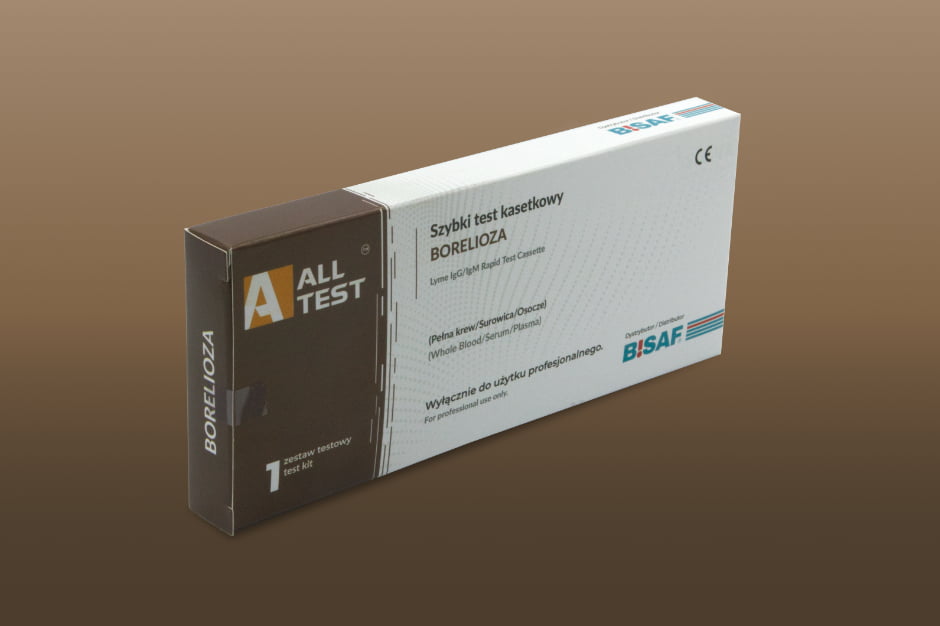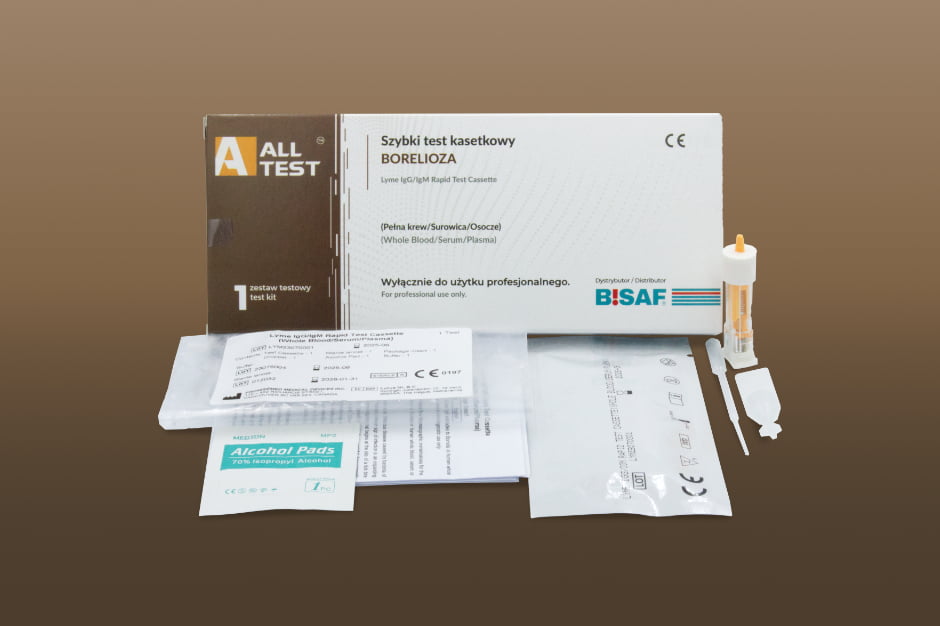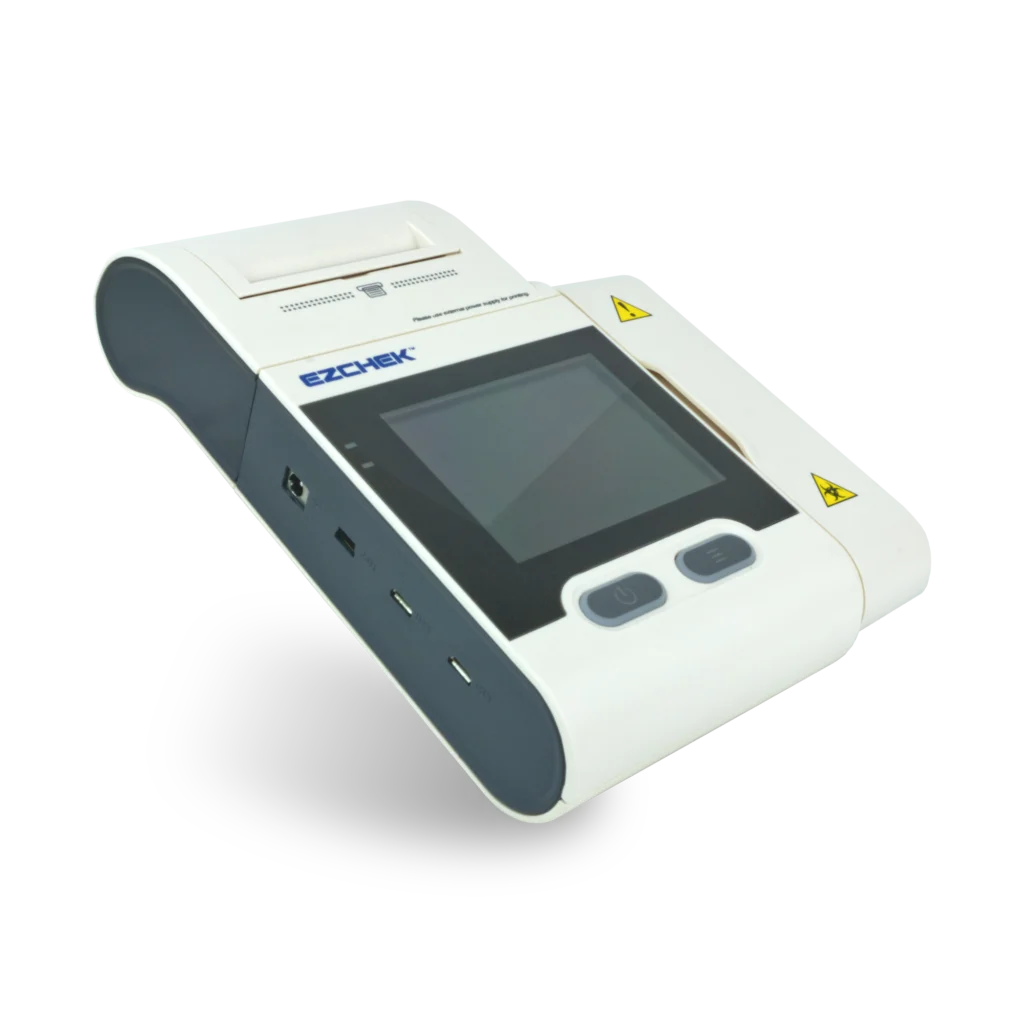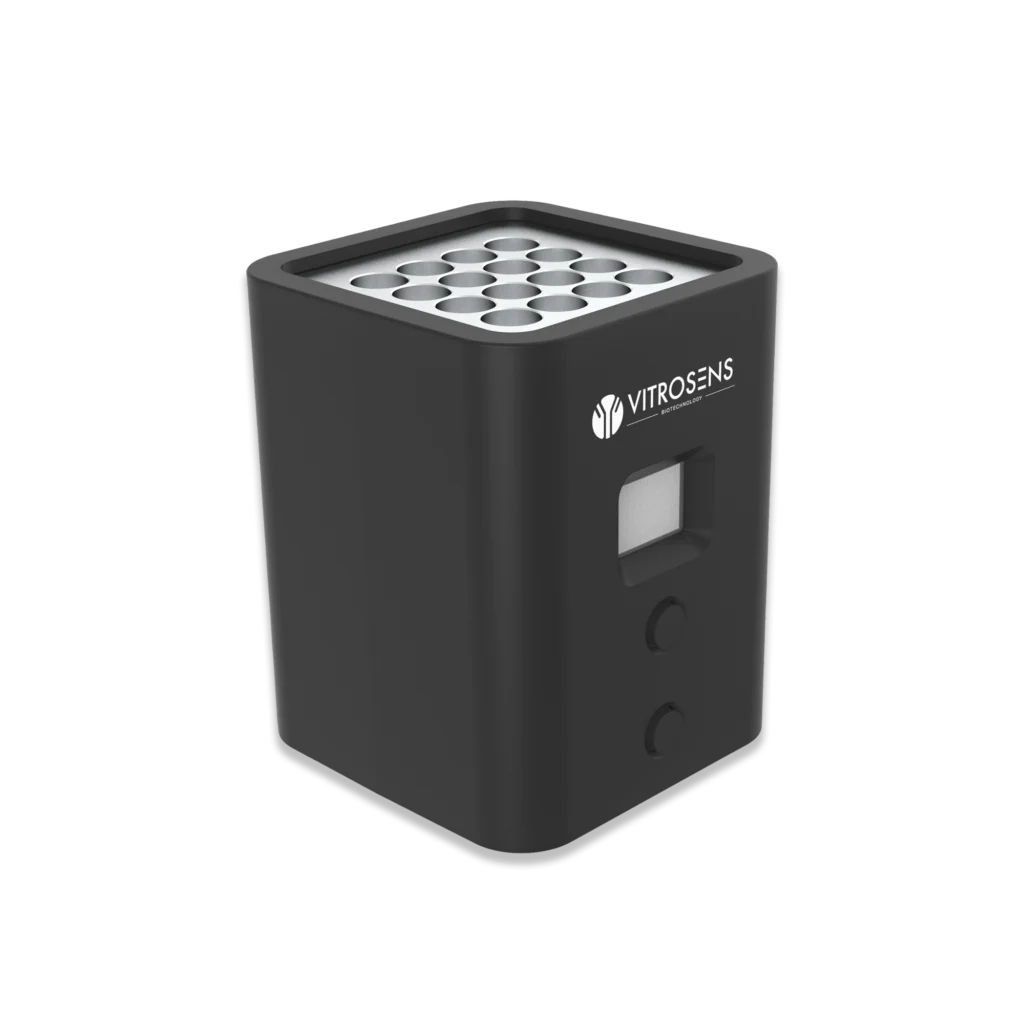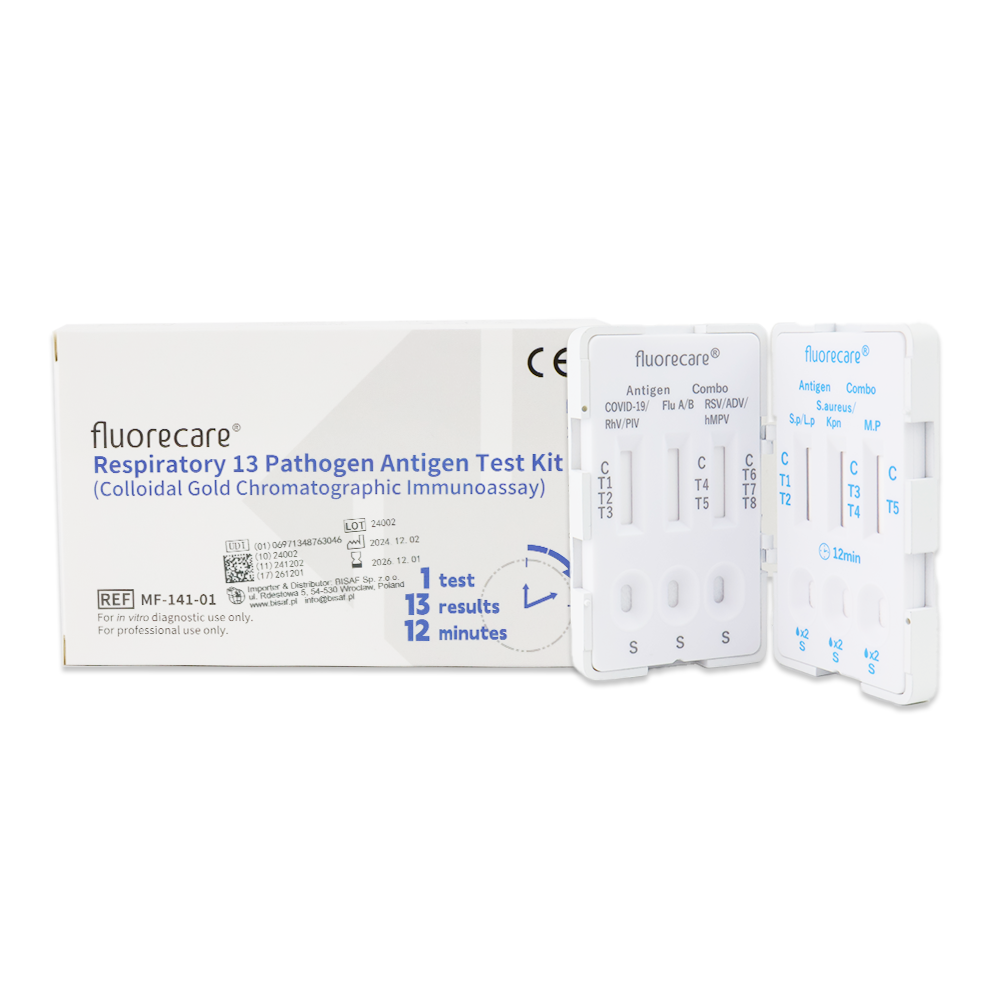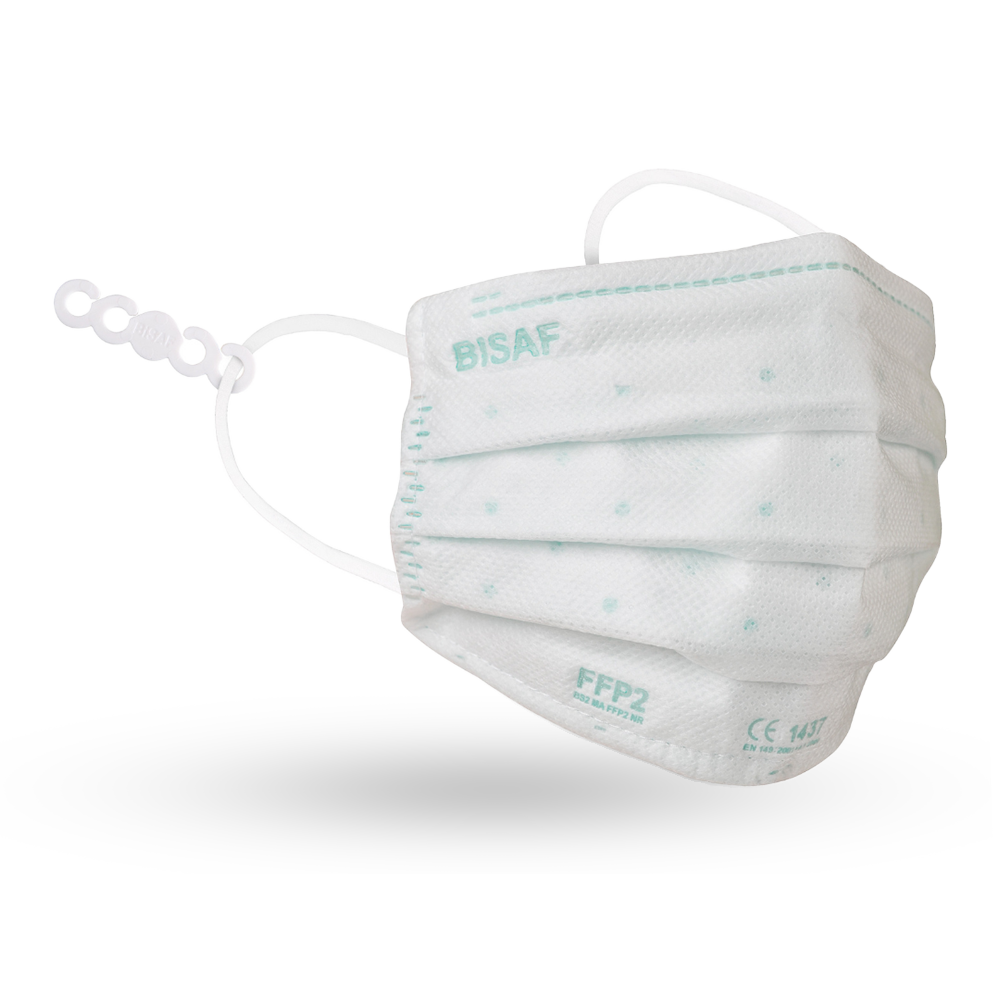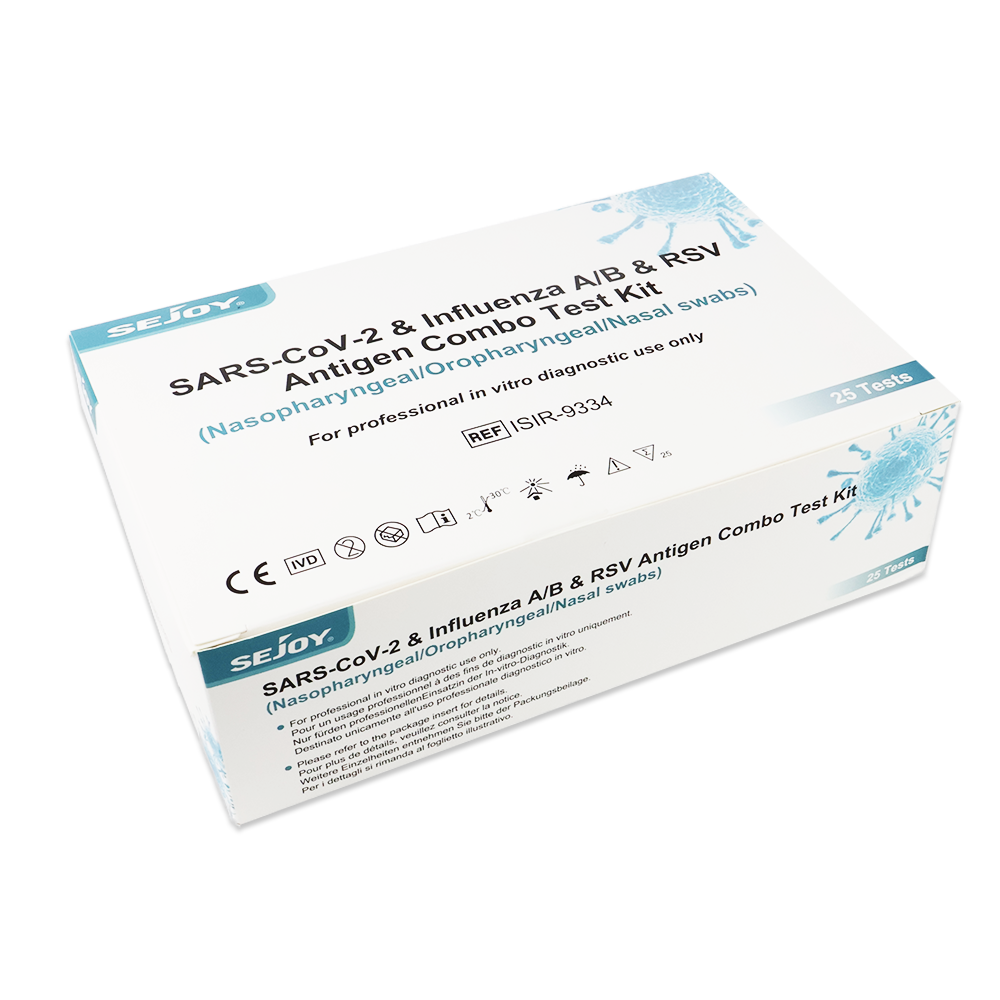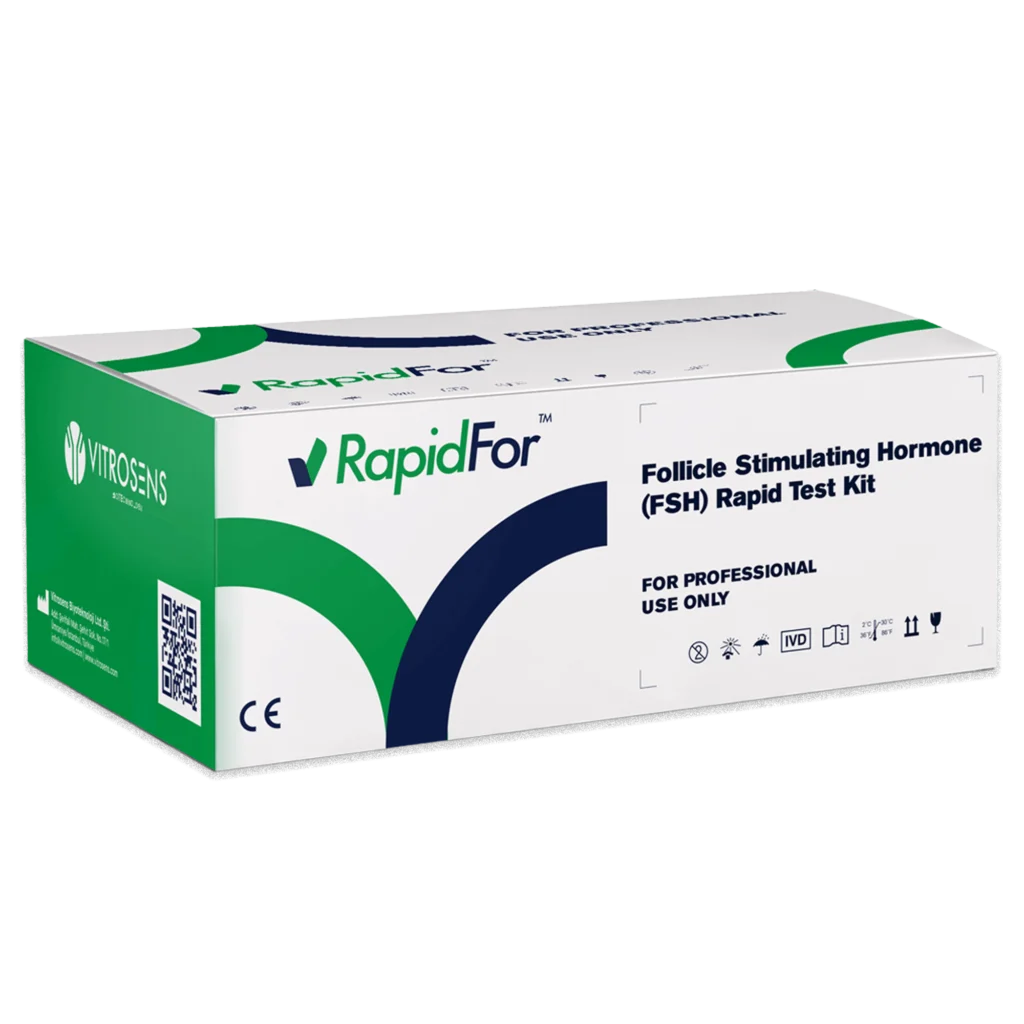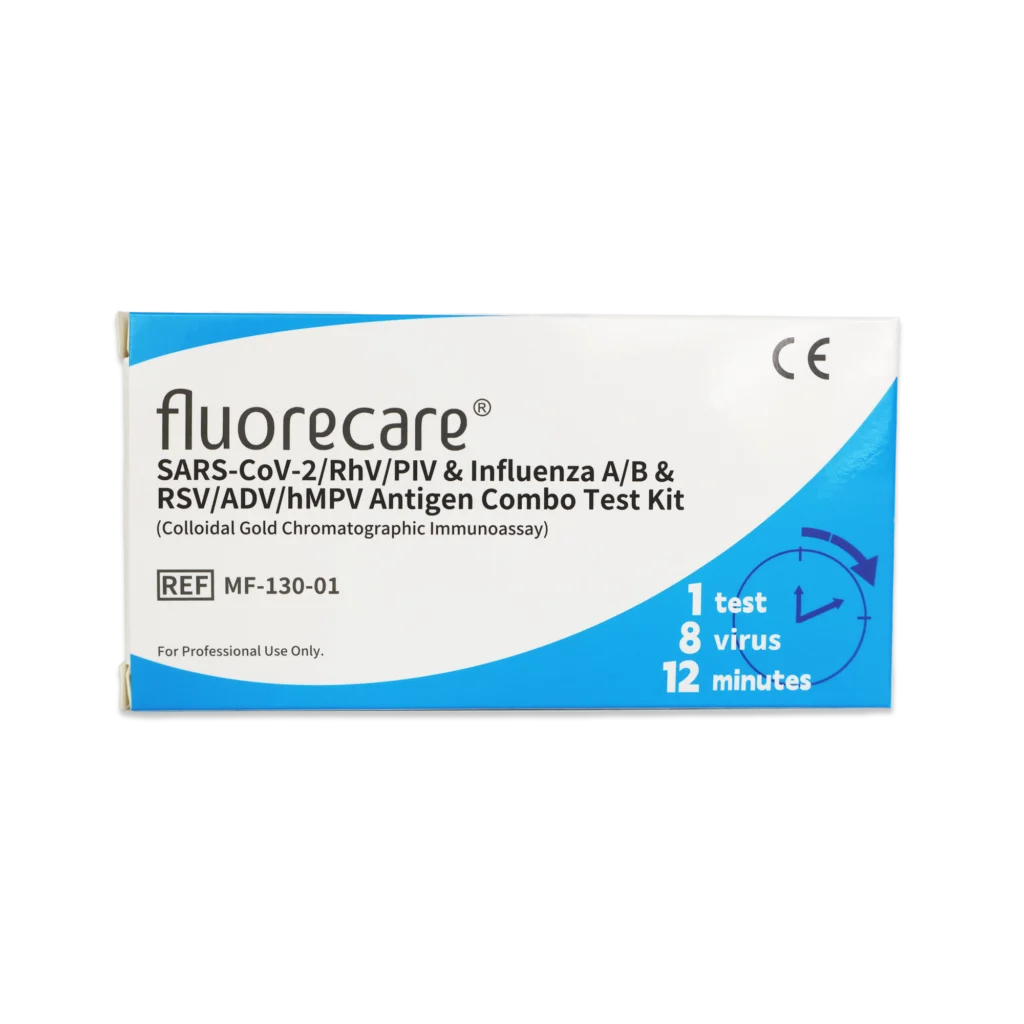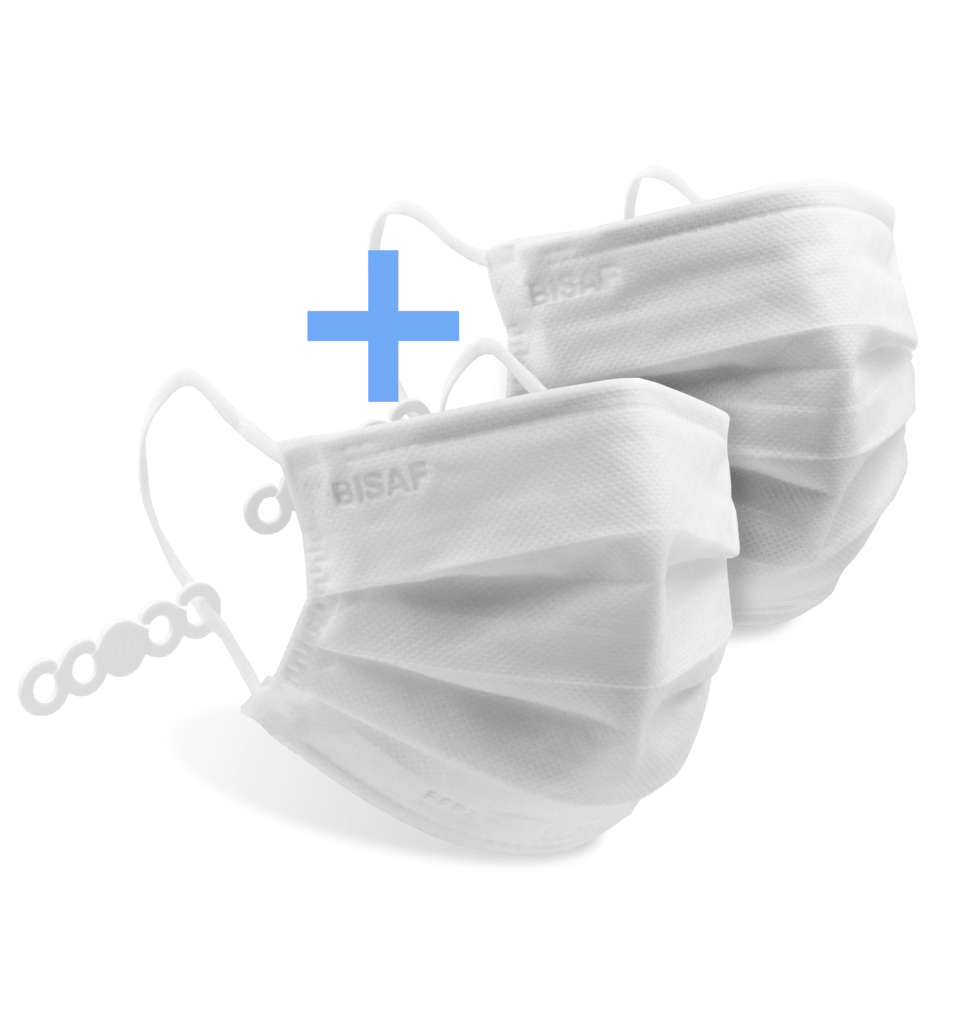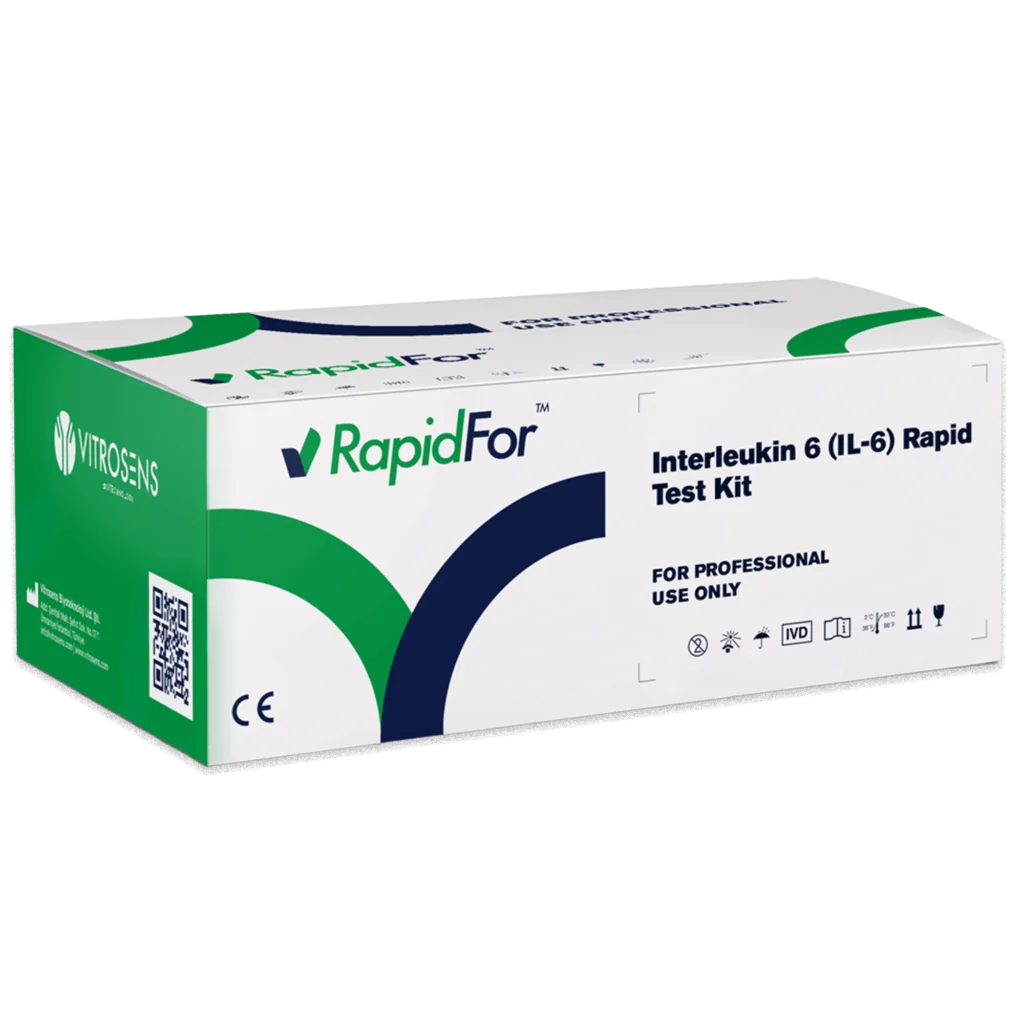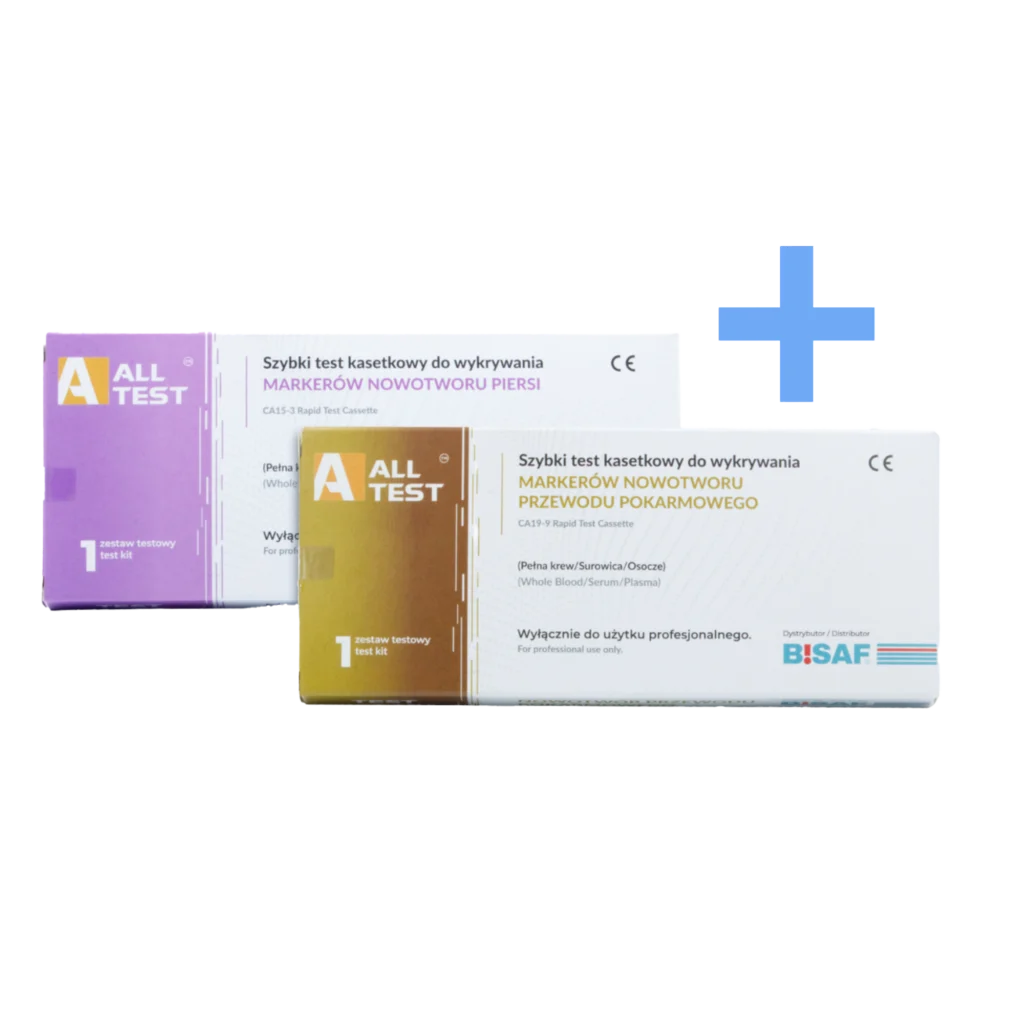Shop
Lyme disease test | IgG/IgM antibodies | 1 piece
24,99 PLN per piece
Work efficiently, order profitably!
Place wholesale orders at info@bisaf.pl
This product is intended for professional use.
In stock
Product description
The rapid cassette test for IgG/IgM is a chromatographic immunological test for qualitative detection of IgG/IgM antibodies of Lyme disease in whole blood, serum, or plasma samples.
Lyme disease is an infectious disease caused by bacteria of the Borrelia genus, transmitted by ticks. The most common symptom of infection is an expanding red rash on the skin, known as erythema migrans, which appears about a week after a tick bite. Other early symptoms may include fever, headache, and fatigue. Without treatment, symptoms may include, among others: loss of the ability to move one or both sides of the face, joint pains, severe headaches with neck stiffness, or heart palpitations.
The high sensitivity and specificity of this test allow for reliable and accurate results, obtained in just 10 minutes!
This product is intended for professional use.
This is a medical device. Use it in accordance with the instructions for use or the label.
Properties
- sample material: whole blood, serum or plasma
- convenient collection of the test sample
- IgG: specificity: 98.9%, sensitivity: 95.5%, accuracy: 98.2%
- IgM: specificity: 98.9%, sensitivity: 94.4%, accuracy: 98.1%
- high quality product
- quick result in as little as 10 minutes!
- single-packaging
- product designed for professional use
The package contains
- test cassette
- pipette
- buffer
- alcohol swab
- lancet
- instruction manual
Test Applications
Our test is an ideal solution for professionals from various fields, especially internists, dermatologists, pediatricians, for whom it can be helpful in:
- early-stage Lyme disease diagnosis: IgM and IgG tests can aid in the diagnosis of early-stage Lyme disease, enabling physicians to quickly diagnose and initiate appropriate treatment
- treatment monitoring: These tests can be used to monitor the effectiveness of Lyme disease treatment, allowing physicians to assess whether therapy is effective
- diagnosis of atypical cases: These tests can help in recognizing difficult and atypical cases of Lyme disease, where symptoms may be diverse and ambiguous. Screening: In some populations at increased risk of Lyme disease, such as individuals working in the tourism sector or in forested and rural areas, these tests can be used as a screening tool
- pediatric diagnosis: These tests can be particularly useful in diagnosing and monitoring infections in younger patients. They are especially vulnerable to infection due to spending a lot of time outdoors, and their immune system is not yet fully developed
Test Procedure
Note: To ensure the most accurate test results, store the test in a dry place at a temperature of 2-30°C and use it before the expiration date. Do not drink, eat, or smoke in the sample storage and testing area, as this may affect the result. Before conducting the test, ensure that the sample, cassette, and buffer are brought to room temperature (15-30°C).
- Remove the test cassette from the sealed package.
- Clean the patient’s finger using the disinfectant swab.
- Massage the hand without touching the puncture site, rubbing it toward the tip of the selected finger (preferably the middle or ring finger).
- Puncture the skin with a sterile lancet.Wipe away the first signs of blood.
- Gently rub the hand from the wrist to the finger to form a rounded drop of blood on the puncture site.
- Collect blood from the patient’s finger using a capillary tube, avoiding air bubbles.
- Add 10 μL of the sample to the cassette, then add 3 drops of buffer (approximately 120 μL) and start timing.
- Read the result after 10 minutes
Product Identification Data and Responsible Entities
EAN Code: 6936983135924
| Manufacturer | Authorized Representative | Importer / Distributor |
| Hangzhou AllTest Biotech Co., Ltd 550, Yinhai Street, Hangzhou Economic & Technological Development Area 310018 Hangzhou China css21@alltests.com.cn +86 57156267147 www.alltests.com.cn |
MedNet EC-Rep GmbH Borkstrasse 10 48163 Muenster Germany birthe.harms@mednet-ecrep.com +49 2513226661 www.mednet-ecrep.com |
Bisaf Sp. z o.o. Rdestowa 5 54-530 Wrocław Polska 24h@bisaf.pl +48 503411527 www.bisaf.pl |
Bestsellery
224,75 PLN per package (25 pieces)
8,99 PLN per piece
Previous
Next
Last watched
567,00 PLN per package (25 pieces)
(25 tests)
702,00 PLN per package (25 pieces)
224,75 PLN per package (25 pieces)
8,99 PLN per piece
44,44 PLN per set
The set includes 2 tests.
Previous
Next



